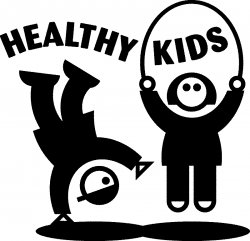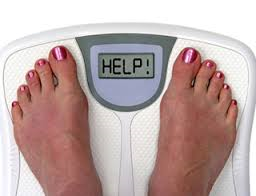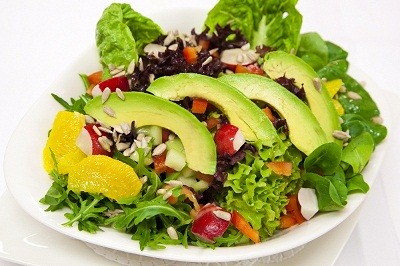 We all know that feeling of waking up with a stuffy nose and scratchy throat. That feeling of dread that “I’m coming down with something.” It’s that time of year when we’re are about to be bombarded with the winter viruses, bringing their familiar illnesses such as the common cold, bronchitis and influenza. How many times have you been caught unprepared for the illness? I’m going to suggest that you winterize your home now by stocking your home medicine cabinet (and kitchen pantry) with natural and effective tools you’ll need to fight back against the illnesses that are surely coming your way. Here are 7 things that you should have around to be ready for the winter:
We all know that feeling of waking up with a stuffy nose and scratchy throat. That feeling of dread that “I’m coming down with something.” It’s that time of year when we’re are about to be bombarded with the winter viruses, bringing their familiar illnesses such as the common cold, bronchitis and influenza. How many times have you been caught unprepared for the illness? I’m going to suggest that you winterize your home now by stocking your home medicine cabinet (and kitchen pantry) with natural and effective tools you’ll need to fight back against the illnesses that are surely coming your way. Here are 7 things that you should have around to be ready for the winter:
- Zinc is great for the immune system, and studies have shown that it can shorten the duration and the severity of a cold. When the scratchy throat starts, have some zinc lozenges in the house.
- Vitamin C: As soon as that runny nose or cough hits, you want to load your body with vitamin C. Make sure you keep vitamin C rich foods, like bell peppers, broccoli and strawberries, on hand all through the fall and winter. And also, have a vitamin C supplement on hand. The last thing you want to do when you’re sick is drag yourself to the market.
- Garlic is a natural antibiotic with both antiviral and antibacterial properties. Crushing fresh garlic releases its immune-boosting properties.
- Ginger is both antiviral and anti-inflammatory. And it also settles an upset stomach. So if the stomach flu hits your home, you’ll definitely want this on hand for relief.
- Raw honey: Some studies have found that it’s just as effective as cough medicine (and so much safer in children over 1 year). One to 2 teaspoons before bed is a yummy way to fix a cough! Important: Do not give honey to a child 12 months or younger because of risk of botulism!
- Humidifier: Keeping your nasal passages moist using a humidifier and nasal irrigation is an important defense against viruses and bacteria. In fact, your runny nose is your body’s attempt to wash these bugs away, so have these tools on hand.
- Essential Oils: These extracted oils from plants are great to use for many reasons. First, they are safe for young children; and many of them can be rubbed on, so if you can’t swallow capsules, the essential oils can still be used. Many of the oils are antiviral, antibacterial, antifungal, or antiparasitic and can stimulate the immune system.
There are many more natural treatments for colds and flu; in fact you may be thinking “but what about (insert your favorite remedy here)?” This blog would just be too long to list all or even most of them. However, if you have these 7 ingredients on hand, and give your body lots of hydration and rest, you’ll be prepared to help your family through the next illness.
I’d love to hear about your favorite winter remedy. Send it in, and we’ll post them on a future blog.
References
Modern Essential: A Contemporary Guide to the Therapeutic Use of Essential Oils. 5th Edition, Aroma Tools, Orem, UT, 2013




